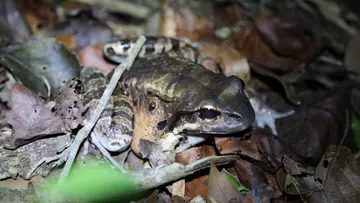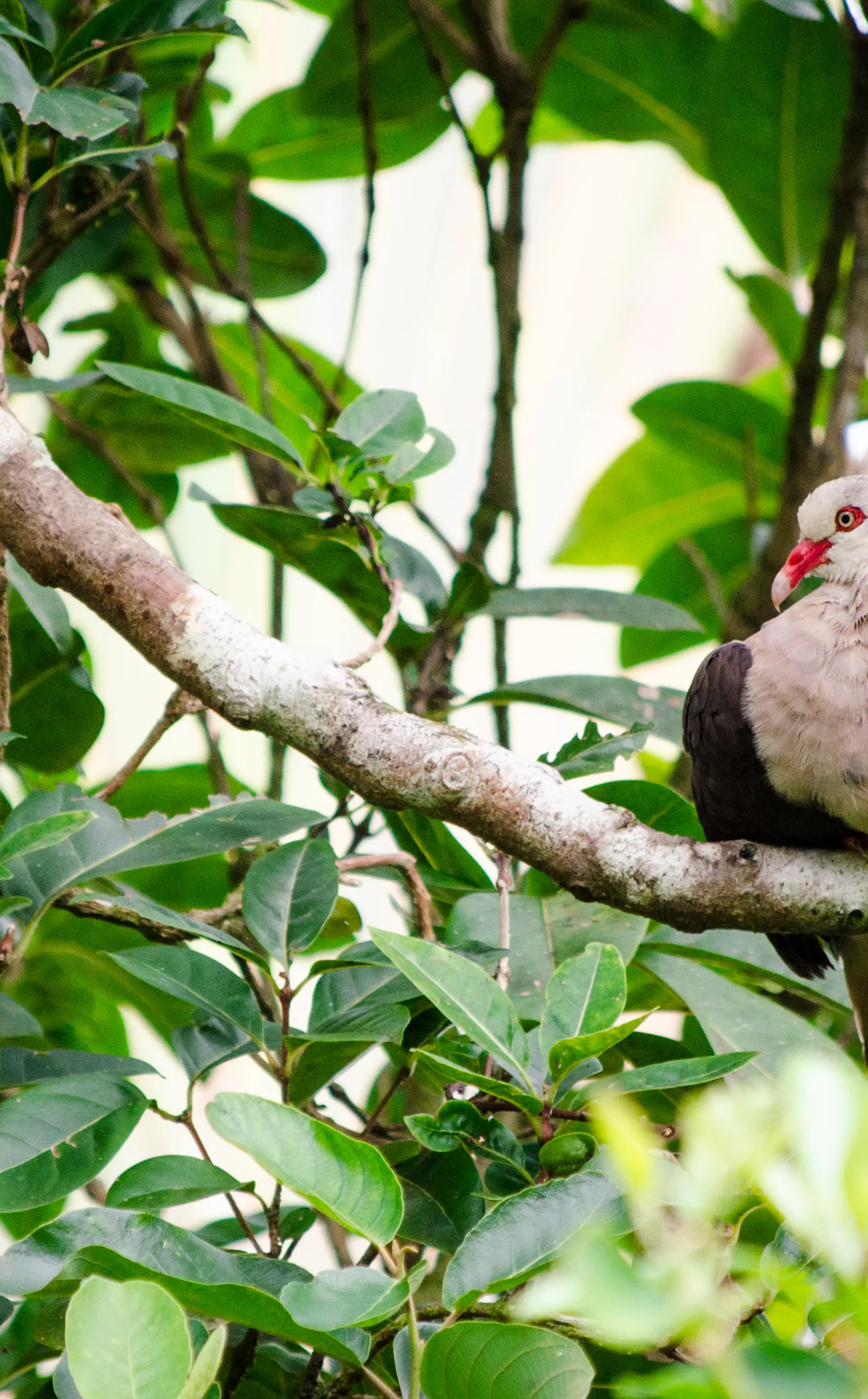
ZSL
Zoological Society of London
ZSL (Zoological Society London) is one of more than 171 institutions who have contributed to a paper published in July 2021 in Conservation Biology, which for the first time applies the IUCN ‘Green Status of Species’.
The Green Status of Species is a new global standard of measurement created by the IUCN (International Union for the Conservation of Nature) to help show how a species is functioning within the ecological system it lives, and how much it has recovered thanks to conservation action.

In the paper, preliminary IUCN Green Status assessments for 181 species are presented. These include some key species that ZSL has been involved with in conservation efforts on the ground, including the pink pigeon, which was saved from extinction by conservation measures, and the Mountain Chicken which is currently Critically Endangered, and remains highly dependent on ongoing conservation action.
The new ‘Green Status’ will help ZSL set species recovery targets for the next ten years and enable its conservation scientists to evaluate how successful these have been. It will be especially useful with regards to its Wildlife Back from the Brink work, a priority area for ZSL which aims to use specific conservation actions and collaborations to help recover a suite of highly threatened species from near extinction by 2030.

The published study found that many species at higher risk of extinction also had high potential to recover over the next century. For example, the California condor Green Status assessment confirmed that rigorous conservation action prevented the species from going extinct. Although the Green Status of the species is Largely Depleted and it is Critically Endangered on the IUCN Red List, the Green Status assessment found that continued support could enable a significant rebound over the next century.
This first set of Green Status assessments also revealed that, despite being at low risk of extinction according to the IUCN Red List, some species were nonetheless depleted and unable to fulfil their roles in ecosystems. The East Asian mangrove for example, which is listed as Least Concern on the IUCN Red List and had been reduced by harvesting for timber before 1950, plays an important role in coastal protection, but does not have high enough numbers to fulfil that function across the majority of its range. However, it has started to recover thanks to coordinated replanting efforts across range countries and the introduction of protected areas.
ZSL Director of Conservation and Policy, Dr Andrew Terry said:
“The IUCN Green Status of Species ushers in a new era for the recovery of wildlife worldwide. As we enter into a new decade of global conservation and climate ambition, we need the tools to help set our recovery targets and monitor our impact. The Green Status will be vital in supporting the scaling up of species recovery and will be significant for both public and private sector alike.”
The study’s lead author, Molly Grace of the University of Oxford, and co-Chair of IUCN’s Green Status of Species Working Group said:
“The IUCN Red List tells us how close a species is to extinction, but is not intended to paint a full picture of its status and functioning within its ecosystem. With the IUCN Green Status, we now have a complementary tool that allows us to track species recovery and dramatically improve our understanding of the state of the world’s wildlife. The IUCN Green Status of Species provides evidence that conservation works, giving cause for optimism and impetus for stronger action.”
The IUCN Green Status of Species will be integrated into the IUCN Red List of Threatened Species™, which will then provide a fuller picture of species’ conservation status including both their extinction risk and recovery progress.
MORE ON THE IUCN GREEN STATUS OF SPECIES
As part of ZSL's annual programme, an evening Science and Conservation event will be held on 8th March 2022 titled, "The IUCN Green Status of Species: how to thrive not just survive".
This session will explore examples of the application of this new tool to species around the world, and highlight how it can also play an important role in helping frame and set ambitious recovery targets. Click below for more information on the event and how you can take part live.
